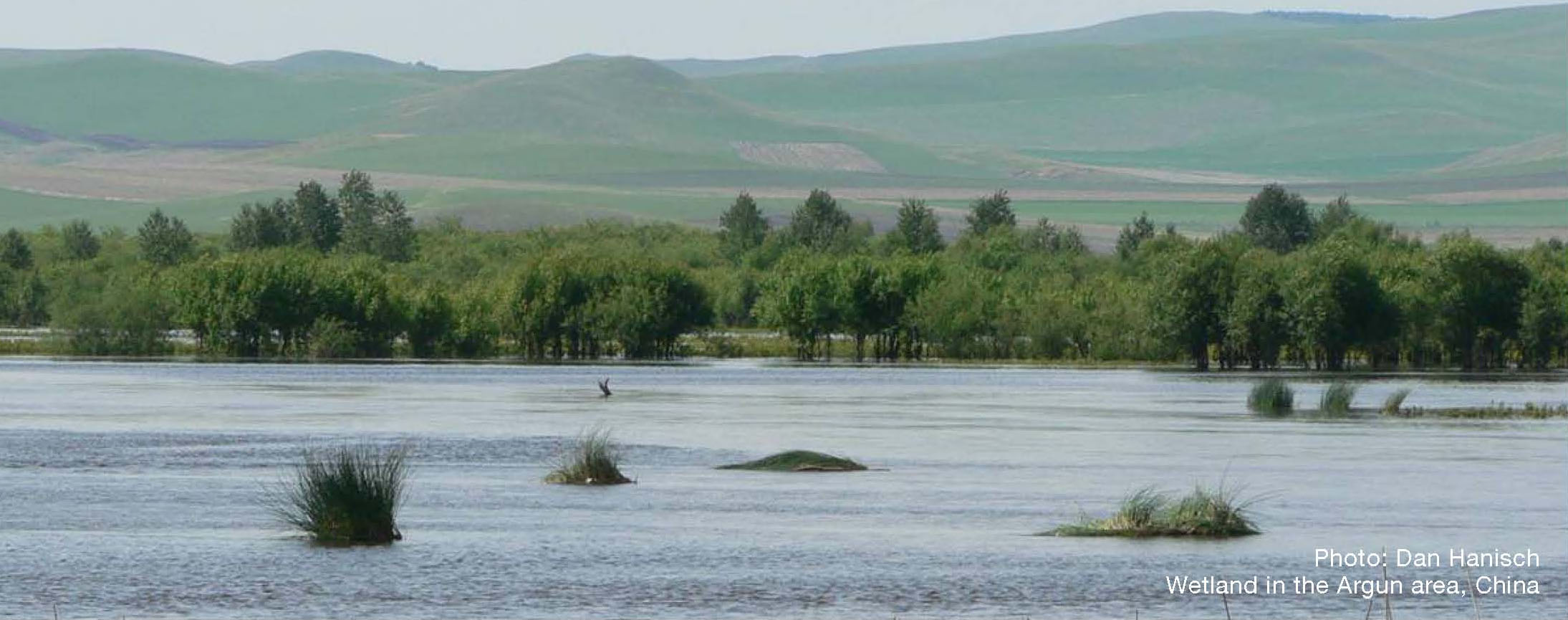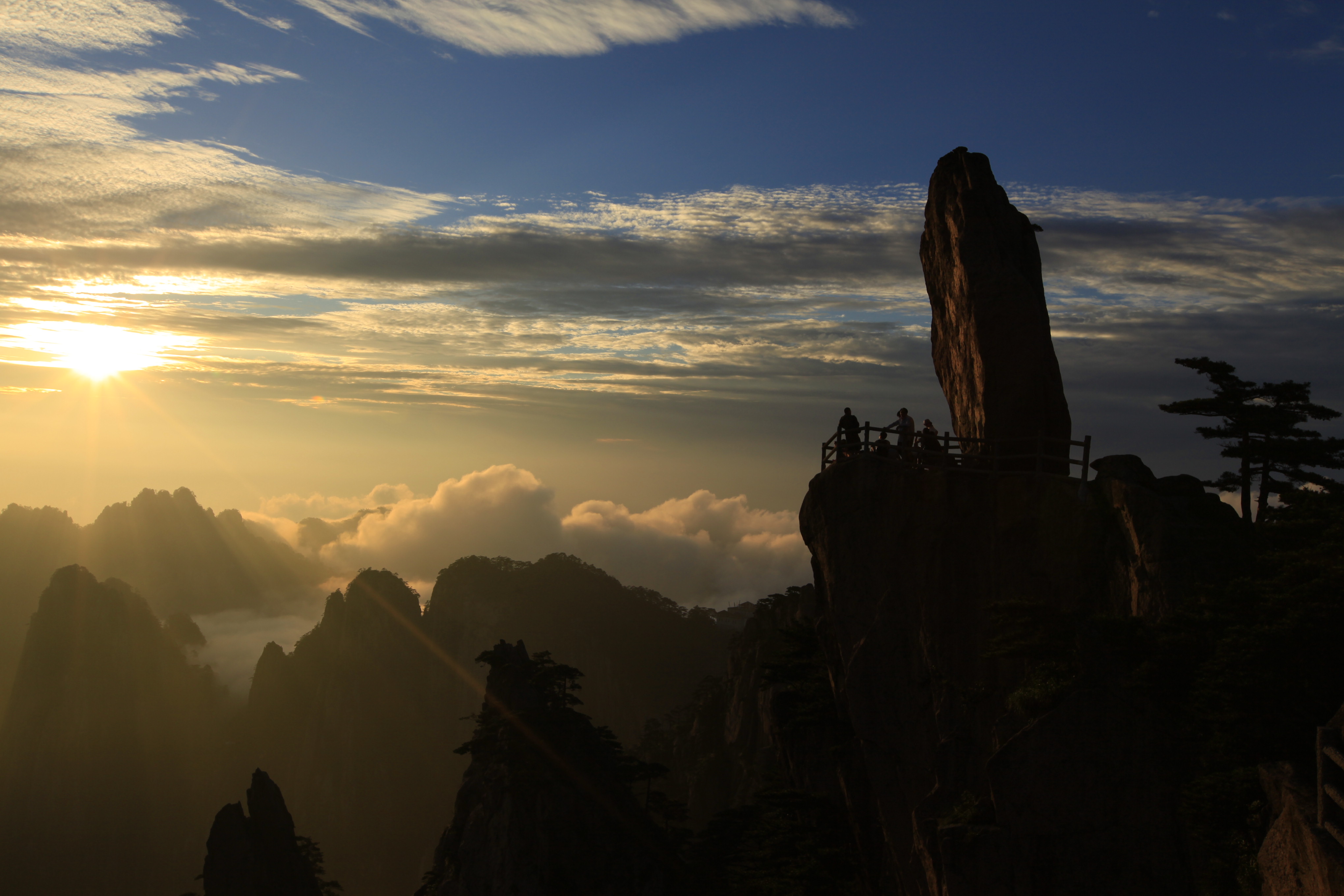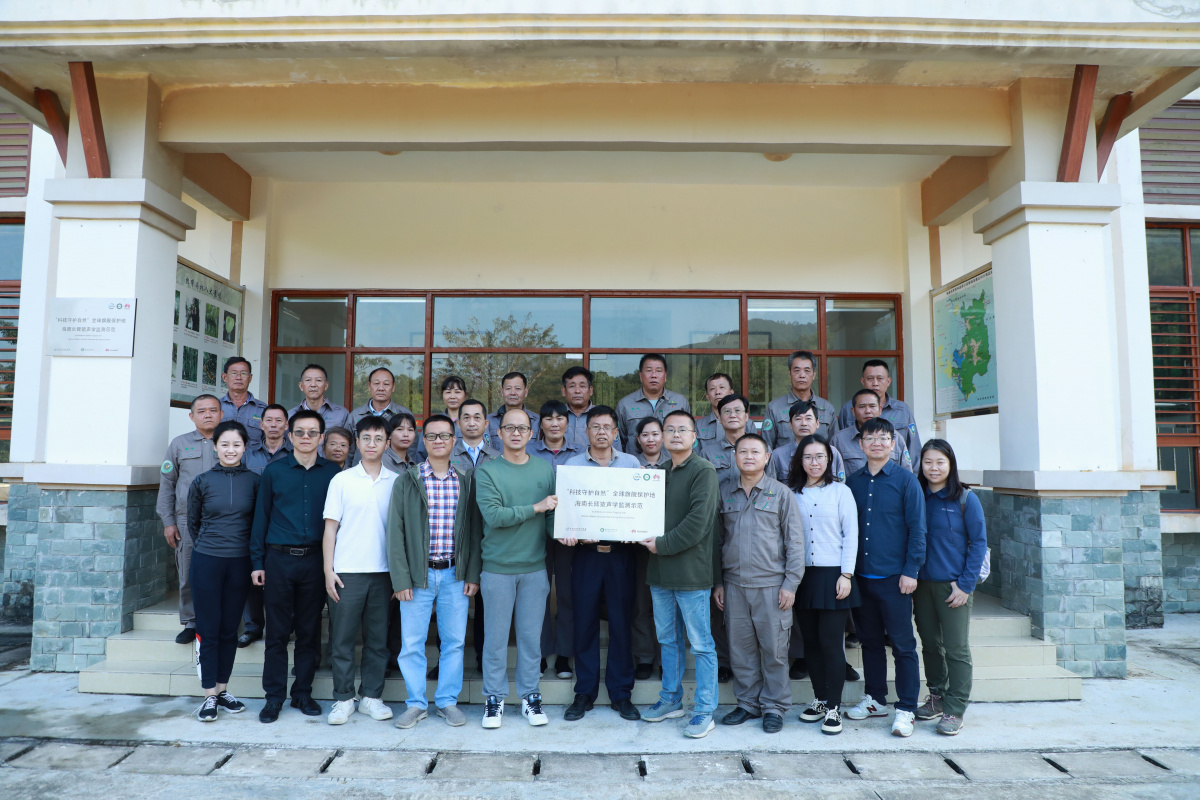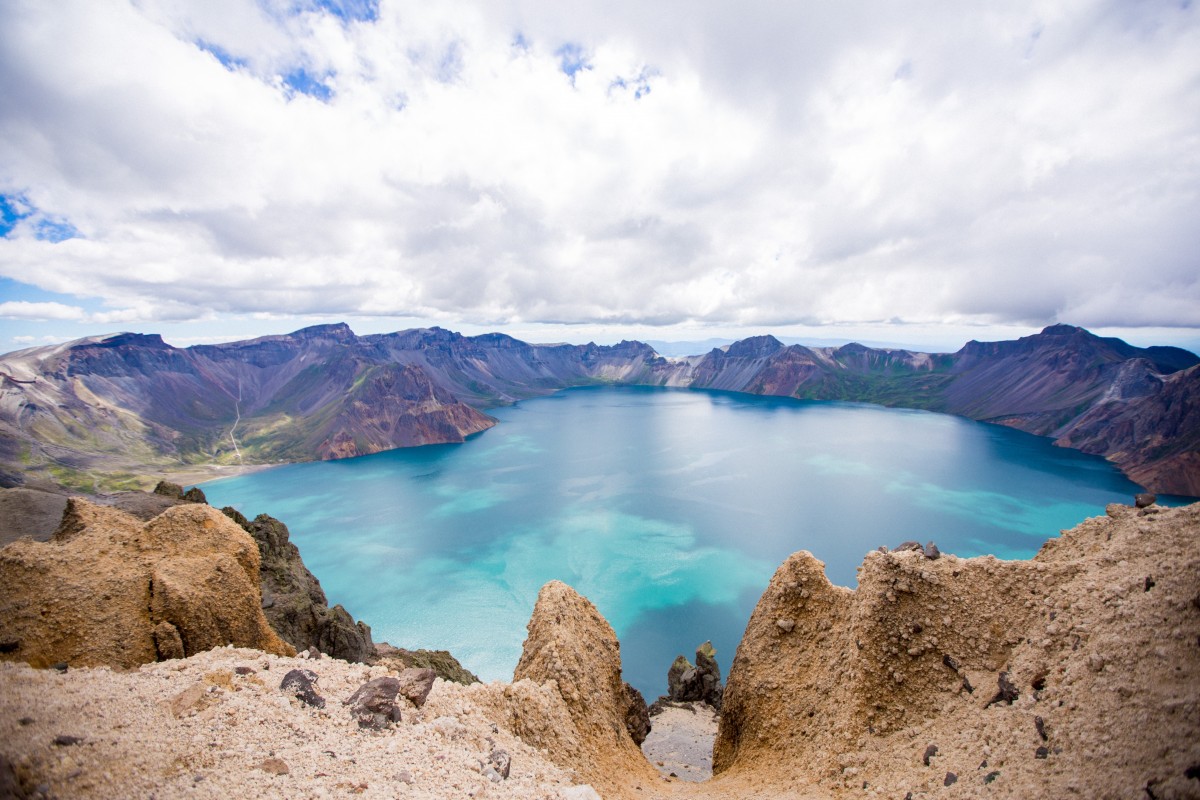Water Conservation in East Asia

Photo: Dan Hanisch
The Wetlands
Wetlands are the ‘veins and arteries’ of the Dauria steppe ecosystem, supporting grasslands and other ecosystems and sustaining the livelihoods of local communities throughout the region. With a low annual rainfall, water in the Dauria is a precious and fragile resource.
Daurian wetlands support globally significant populations of at least 20 bird species on the IUCN Red List of Threatened Species, including the Japanese Crane, Swan Goose, Great Bustard, and Tundra and Whooper Swans. The Dauria also provides important resting and feeding areas on several major flyways across Asia, with several million waterbirds depending on the Dauria’s rivers and lakes.
As well as being the keystone for the Dauria’s rich biodiversity values, water is of critical importance for herders and local communities. It is estimated that in Mongolia alone 60% of the local population are herders, and substantial herder communities are still present in Russia and China. Unsustainable water use in the Dauria region will directly impact on the livelihoods of at least two million people.
The water and climatic systems of the Daurian ecoregion are complex, and there is a pronounced natural climate cycle with cyclical periods of wet and dry over a span of 25–40 years. The cyclic changes in wet and dry conditions experienced across the Dauria can take place on a massive scale. For example, over the past nine years the region has been in a period of drought, causing Large Barun-Torey Lake in Russia to completely dry up, and decreasing the volume of Dalai Lake, the largest freshwater lake in the Dauria, by 50%.
Most fauna species migrate between areas within the Dauria depending on where the most favourable conditions arise. During humid periods, steppe areas with large lakes and multiple small shallow pools become optimal habitat for most wildlife, while in dry periods the steppe becomes inhospitable to many species and therefore forest-steppe and river floodplains become favoured. Similarly, nomadic herders have traditionally moved around seasonally depending on water availability and other conditions to find the best grazing opportunities for livestock.



